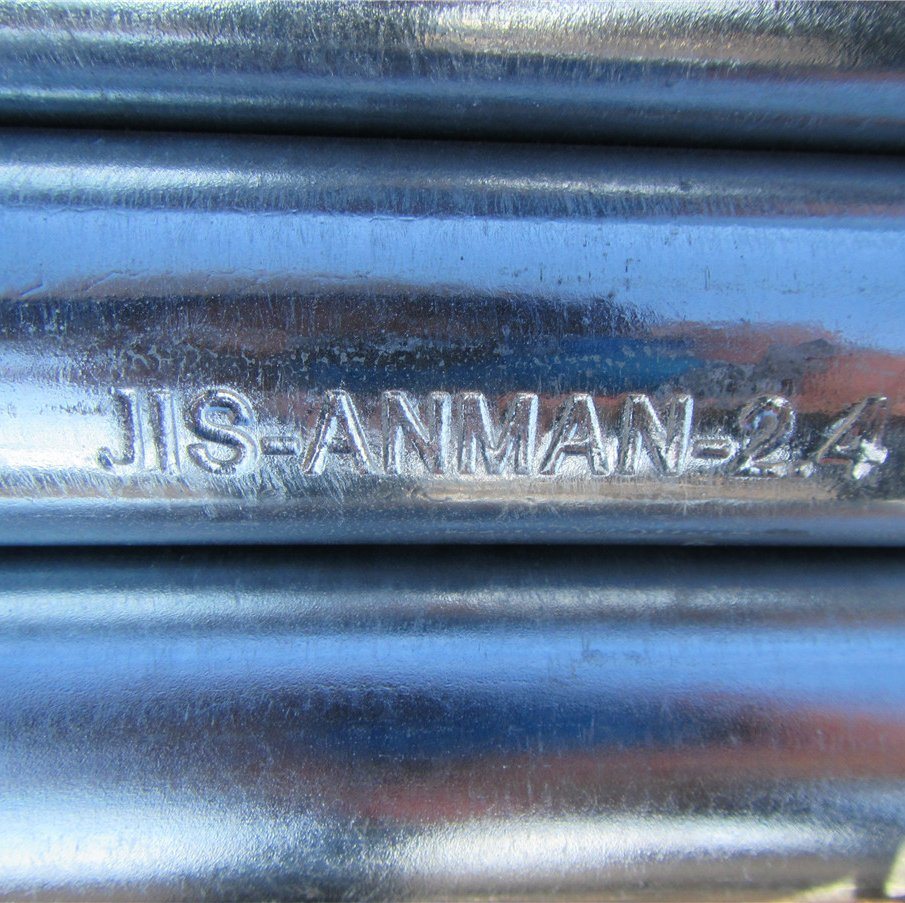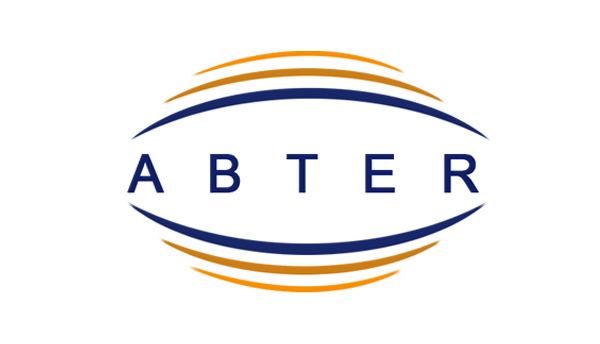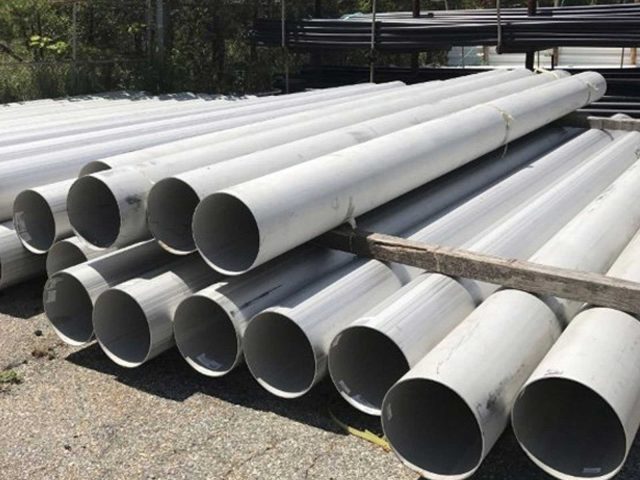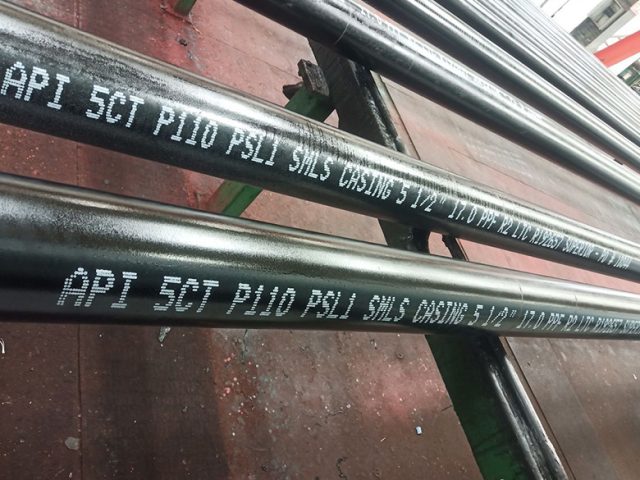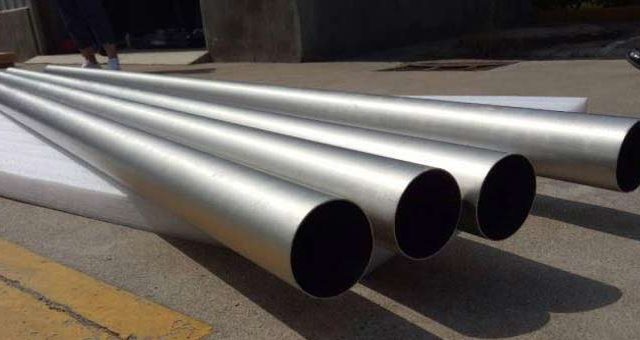Brand new Chinese GB Japanese JIS American ASTM German DIN steel pipe standard comparison table
Steel pipe standards vary by country and organization. These standards dictate the size, material, production method, and testing procedures of steel pipes. Here are steel pipe standards for China (GB), Japan (JIS), United States (ASTM), and Germany (DIN):
- Chinese GB (Guobiao Standards): GB/T 8162-2018 for seamless steel tubes for structural purposes; GB/T 8163-2018 for seamless steel tubes for fluid transport; and GB/T 3091-2015 for welded steel pipes for low pressure liquid delivery.
- Japanese JIS (Japanese Industrial Standards): JIS G3452 for carbon steel pipes for ordinary piping; JIS G3454 for carbon steel pipes for pressure service; JIS G3455 for carbon steel pipes for high pressure service; and JIS G3456 for carbon steel pipes for high temperature service.
- American ASTM (American Society for Testing and Materials): ASTM A53/A53M for pipe, steel, black and hot-dipped, zinc-coated, welded and seamless; ASTM A106/A106M for seamless carbon steel pipe for high-temperature service; and ASTM A312/A312M for seamless, welded, and heavily cold worked austenitic stainless steel pipes.
- German DIN (Deutsches Institut für Normung): DIN 2440 for steel tubes, medium-weight suitable for screwing; DIN 2441 for steel tubes, heavy-weight suitable for screwing; and DIN 2460 for steel pipes for waterworks services.
Remember, the specific standard to use depends on the application of the pipe, the materials used, the manufacturing process, and the regulatory environment. Always refer to the specific requirements of the project or the governing authority to ensure compliance.
| Steel type |
ChinaGB _ |
Japan JIS |
American ASTM |
Germany |
| Trademark |
Trademark |
Standard |
Steel number |
Steel number |
Material number |
Standard |
| Carbon
Steel Pipe |
(Q235) |
GGP
STPY41 |
G3452
G3457 |
(A53 steel grade F)
A283-D |
(St33) |
1.0033 |
DIN1626 |
| 10 |
STPG38 |
G3454 |
A135-A
A53-A |
(St37) |
1.0110 |
DIN1626 |
| STPG38 |
G3456 |
A106-A |
St37-2 |
1.0112 |
DIN17175 |
| STS38 |
G3455 |
|
St35.8
St35.4 |
1.0305
1.0309 |
DIN1629/4 |
| STB30 |
G3461 |
A179-C
A214-C |
St35.8 |
1.0305 |
DIN17175 |
| STB33 |
G3461 |
A192
A226 |
St35.8 |
1.0305 |
DIN17175 |
| STB35 |
G3461 |
|
St35.8 |
1.0305 |
DIN17175 |
| 20 |
STPG42 |
G3454 |
A315-B
A53-B |
(St42)
St42-2 |
1.0130
1.0132 |
DIN1626 |
| STPT42 |
G3456 |
A106-B |
St. 45-8 |
1.0405 |
DIN17175 |
| STB42 |
G3461 |
A106-B |
St. 45-8 |
1.0405 |
DIN17175 |
| STS42 |
G3455 |
A178-C
A210-A-1 |
St45-4 |
1.0309 |
DIN1629/4 |
|
| low alloy
Steel Pipe |
16Mn |
STS49
STPT49 |
G3455
G3456 |
A210-C |
St52.4
St52 |
1.0832
1.0831 |
DIN1629/4
DIN1629/3 |
| 15MnV |
STBL39 |
G3464 |
|
|
|
|
|
| low temperature
Steel Pipe |
16Mn |
STPL39 |
G3460 |
A333-1.6 |
TT St35N |
1.0356 |
SEW680 |
| 15MnV |
STBL39 |
G3464 |
A334-1.6 |
| 09Mn2V |
|
|
A333-7.9
A334-7.9 |
TT St35N |
1.0356 |
SEW680 |
| (06A1NbCuN) |
STPL46
STBL |
G3460
G3464 |
A333-3.4
A334-3.4 |
10Ni14 |
1.5637 |
SEW680 |
| (20Mn23A1) |
|
|
A333-8
A334-8 |
X8Ni9 |
1.5662 |
SEW680 |
|
| heat resistant
Steel Pipe |
16Mo |
STPA12
STBA12、13 _ _ |
G3458
G3462 |
A335-P1 、A369-FP1
A250-T1、A209-T1 |
15Mo3 |
1.5414 |
DIN17175 |
| 12CrMo |
STBA20 |
G3462 |
A335-P2 、A369-FP2
A213-T2 |
|
|
|
| 15CrMo |
STPA22
STBA22 |
G3458
G3462 |
A335-P12 、A369-FP12
A213-T12 |
13CrMo44 |
1.7335 |
DIN17175 |
| 12Cr1MoV |
STPA23
STBA23 |
G3458
G3462 |
A335-P11 、A369-FP12
A199-T11 、A213-T11 |
|
|
|
| Cr2Mo
10MoWVNb |
STPA24
STBA24 |
G3458
G3462 |
A335-P22 、A369-FP22
A199-T22 、A213-T22 |
10CrMo910 |
1.7380 |
SEW610 |
| Cr5Mo |
STPA25
STBA25
STPA26
STBA26 |
G3458
G3462
G3458
G3462 |
A335-P5 、A389-FP5
A213-T5
A335-P9 、A369-FP9
A199-T9 、A213-T9 |
12CrMo195 |
1.7362 |
DIN17175 |
|
| Stainless steel
acid steel pipe |
(1Gr13) |
SUS410 TP |
G3463 |
A268 TP410 |
X10Cr13 |
1.4006 |
DIN17440 |
| (2Cr13) |
|
|
(WE 420) |
X20Cr13 |
1.4021 |
DIN17440 |
| (1Cr17) |
SUS430 TB |
G3463 |
A268 TP430/TP429 |
X8Cr17 |
1.4016 |
DIN17440 |
| 0Cr18Ni9 |
SUS304
TP/TB |
G3459
G3463 |
A312、A376、TP304
A213 、A249、A268
TP304 |
X5CrNi189 |
1.4301 |
DIN17440 |
| (1Cr18Ni9) |
|
|
|
X5CrNi189 |
1.4301 |
DIN17440 |
| 0Cr18Ni10Ti
1Cr18Ni9Ti |
SUS321
TP/TB |
G3459
G3463 |
A312 、A376 TP321
A213 、A249、A266
TP321 |
X10CrNiTi189 |
1.4541 |
DIN17440 |
| 0Cr18Ni13Mo2Ti |
SUS316
TP/TB |
G3459
G3463 |
A312 、A376 TP316
A213 、A249、A266
TP316 |
|
|
|
| 0Cr18Ni13Mo3Ti |
SUS317
TP/TB |
G3459
G3463 |
A312 、A376 TP316
A213 、A249、A268
TP317 |
|
|
|
| 00Cr18Ni10 |
SUS304L
TP/TB |
G3459
G3463 |
A312 、A376 TP34L
A213 、A249、A268
TP304L |
X2CrNi189 |
1.4306 |
DIN17440 |
| 00Cr17Ni13Mo2 |
SUS316L
TP/TB |
G3459
G3463 |
A312 、A376 TP316L
A213 、A249、A268
TP316L |
X2CrNi810 |
1.4404 |
DIN17440 |
| 00Cr17Ni13Mo3 |
SUS317L
TP/TB |
G3459
G3463 |
A312 、A376、 TP317L
A213 、A249、A268
TP317L |
|
|
|
|
| |
